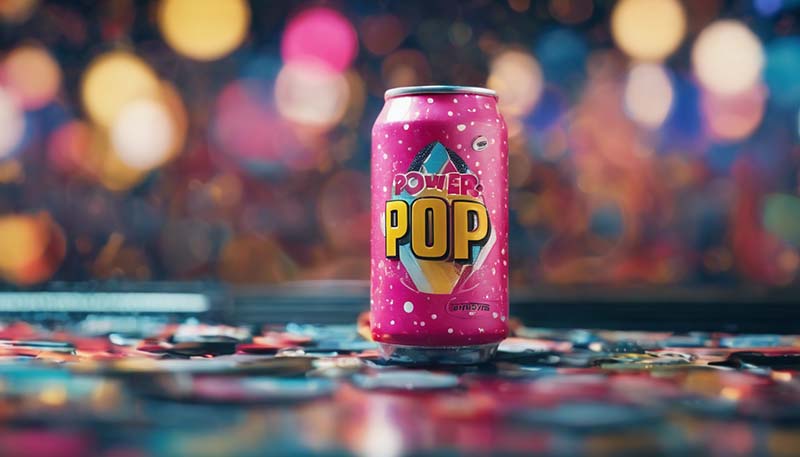The Power of Pop Music in Advertising and Marketing
Pop music has always been a cultural force, influencing not just the listeners but also the broader media landscape. Its catchy tunes, relatable lyrics, and widespread appeal make it a powerful tool for advertisers and marketers. This article explores the various ways in which pop music is leveraged in advertising and marketing campaigns, the psychological impacts it has on consumers, and the strategies brands use to harness its power effectively.
Introduction to Pop Music in Advertising
Pop music, short for popular music, is a genre that is characterized by its wide appeal to the general public. Its accessibility and universal themes have made it a staple in advertising, where it can evoke emotions, create associations, and build brands. The use of pop music in advertising is not new; however, with the rise of digital platforms and social media, its role has expanded, offering new opportunities for engagement and reach.
Advertisement
Psychological Impact of Pop Music on Consumers
Emotion and Mood Influence: Pop music can elicit strong emotional responses due to its melody, rhythm, and lyrics. Advertisers use this to their advantage by aligning their brand with positive feelings, which can lead to a positive brand image.
Association and Memory Linking: When pop music is associated with a product or service, it can create a mnemonic device that helps consumers remember the brand. This is particularly effective when the song is already popular or has a memorable hook.
Social Identity and Brand Loyalty: Pop music can also help consumers identify with a brand on a social level. By using music that resonates with a particular demographic, brands can foster a sense of belonging and loyalty among their target audience.
The Role of Pop Music in Marketing Campaigns
Branded Content and Sponsorships: Brands often collaborate with pop artists for exclusive content or sponsorships. This not only provides the brand with a unique marketing asset but also leverages the artist's fan base to reach a wider audience.
Product Placement and Integration: Pop songs can be integrated into TV shows, movies, and online content as a form of product placement. This subtle form of advertising can be more effective than direct ads, as it is less intrusive and more likely to be accepted by the audience.
Social Media and Viral Marketing: With the rise of social media platforms, pop music has become a key component in viral marketing strategies. Short clips set to pop songs can quickly spread across platforms like TikTok, generating buzz and driving engagement for the brand.
Case Studies: Successful Pop Music Marketing Campaigns
Apple iPhone and U2: In 2014, Apple made headlines when it gave away U2's album "Songs of Innocence" for free to iTunes users. This collaboration was a significant marketing move that not only promoted the band's music but also drove awareness of Apple's music ecosystem.
Coca-Cola and Share a Coke: Coca-Cola's "Share a Coke" campaign used popular song lyrics printed on their bottles to create a personal connection with consumers. The campaign was a massive success, boosting sales and social media engagement.

Old Spice and "The Man Your Man Could Smell Like": The humorous and catchy jingle from Old Spice's commercial became an internet sensation. The ad's success can be attributed to its memorable music and the way it was integrated into the narrative.
The Science Behind Pop Music's Effectiveness
Neuroscience and Music: Studies have shown that music can activate the brain's pleasure centers, releasing dopamine and creating a positive emotional response. This is why music, particularly pop music, is so effective in marketing – it can make people feel good, and by association, make them feel good about the brand.
Cognitive Processing and Memory: Pop music can also aid in cognitive processing and memory retention. The brain is more likely to remember information that is paired with music, which is why jingles and songs used in ads are so memorable.
Challenges and Considerations
Licensing and Rights: One of the challenges of using pop music in advertising is securing the rights to use a particular song. This can be expensive and complex, requiring negotiations with multiple parties, including the artist, record label, and publisher.
Relevance and Timelessness: Another consideration is the relevance and timelessness of the music. Pop music trends can change quickly, and a song that is popular today may not be as effective in a few months or years. Brands need to be mindful of this when choosing music for their campaigns.
Cultural Sensitivity: Brands must also be sensitive to cultural differences and avoid using music that could be offensive or inappropriate in different regions or to different groups of people.
Conclusion
Pop music's ability to evoke emotion, create memorable associations, and resonate with social identities makes it a potent tool in advertising and marketing. While there are challenges in securing rights and ensuring cultural relevance, the benefits of using pop music can significantly enhance brand recognition, customer engagement, and sales. As the music industry and marketing landscape continue to evolve, the strategic use of pop music will remain a critical component of successful marketing campaigns.
Note: The image used in this article is for illustrative purposes only and does not specifically depict any of the campaigns mentioned.
Comments